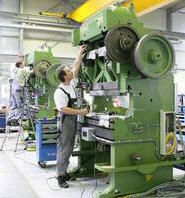 So you want to sell your used machine? It’s really not as complicated as it may seem. With the help of MachineSales.com, the most difficult part may be getting the pictures from camera to computer.
So you want to sell your used machine? It’s really not as complicated as it may seem. With the help of MachineSales.com, the most difficult part may be getting the pictures from camera to computer.
Below is a step-by-step guide to selling any used machine.
1) Give the machine a thorough cleaning.
It may seem like an irrelevant step but no one wants to buy a crud-encrusted (insert machine here). Though you may just want to get rid of that thing taking up floor space, put yourself in the buyer’s shoes. What would you want to see if you were buying this machine? Remember, humans like shiny things.
Though it may be fifty years old, make it look twenty and you’re bound to attract more attention and perhaps command a higher price.
2) For vehicles and heavy equipment (i.e., trencher, backhoe, skid steer, etc.), gather all of the important legal and descriptive information.
Selling any vehicle or piece of heavy equipment requires transfer of title. As such, you’ll need the following:
1) Vehicle Identification Numbers (VINs) for vehicles and serial numbers for heavy equipment.
2) Mileage/Hours
3) Additional Features or Accessories – Does truck have front-mounted, battery-powered winch? Does the backhoe have extra attachments?
4) Are there any conditions, problems, or issues that should be mentioned?
3) Take some pictures.
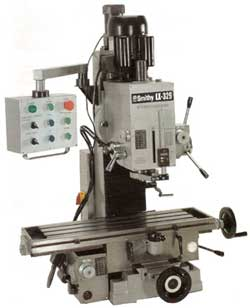 Maybe that should be, “Take A LOT of pictures.” Don’t be afraid to get creative; you’re not wasting film.
Maybe that should be, “Take A LOT of pictures.” Don’t be afraid to get creative; you’re not wasting film.
Photograph the machine from every logical angle and configuration you can think of – all four sides, top, bottom (maybe you can leave that one out unless it’s relevant), interior, power on, power off, boom extended, dump bed raised, machine in operation, close-ups of important controls, aerial views, machine with bikini-clad model (send those to my personal e-mail), whatever you can think of.
Even if you don’t use but one in your listing, potential buyers may want to get a closer look at what you have to sell since they can’t (in most cases) physically come and see the machine.
4) Assemble all paperwork associated with the machine to be sold.
Go through your files and gather every piece of paper related to the machine in question: instructions, spec sheets, warranties, repair/maintenance records, manufacturer contact information, operation records, drawings your kids did of their beloved CNC Lathe, the more the better.
This is an important step because potential buyers don’t want to have to go searching the dark corners of the interweb to find an obscure spec sheet for their newly-purchased automatic chucker. Like step number one, including all necessary paperwork makes the machine shiny and appealing.
You’re also going to need the information found on that paperwork for step six…unless you’ve got a really, really good memory.
5) Use MachineSales.com to list your machine for sale.

� It’s easy. Don’t be afraid…it won’t bite.
Just point, click, and follow the on-screen instructions.
6) Write a detailed description.
Don’t be that guy who just writes, “Riveting machine for sale,” in the description. We know it’s a riveting machine and we know it’s for sale. As potential buyers, we need more than that. Remember that pile of paperwork you assembled that it teetering on the corner of your desk?
Put it to good use before it topples and injures your miniature schnauzer. Relevant information includes stock code, year of manufacture, manufacturer name, serial number, ranges of operation, model, size, weight, included equipment, and anything else you can think of. Again, put yourself in the buyer’s shoes.
The more information you can provide, the more attractive your machine will look to potential buyers.
7) Set your terms of sale.
� Are you going to pay for freight? Is the buyer going to pay for freight? Are you going to deliver the equipment yourself? Does the buyer need to arrange for its transport? Do you ship internationally? What payment method(s) will you accept?
Will you load the machine onto the pickup vehicle? Will the machine be boxed or unboxed? Palletized or not? Information, information, information. Cover all bases in your listing and you’ll avoid headaches later.
8) Sit back and watch the offers roll in.
That’s it! While I’m still trying to get the pictures off my camera, you’ve finished listing your machine for sale.
There will likely be questions from potential buyers but that’s good! It means you followed all the steps above, produced an awesome listing, and can now reap the rewards. Happy selling!

 When lifting an object, there are many things that can cause an injury. Proper training is imperative to avoid back injury, and in turn, keep productivity optimal and employees happy and healthy.
When lifting an object, there are many things that can cause an injury. Proper training is imperative to avoid back injury, and in turn, keep productivity optimal and employees happy and healthy.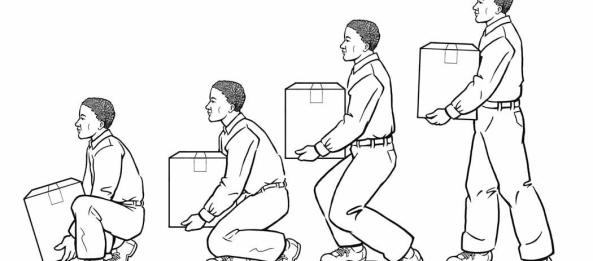

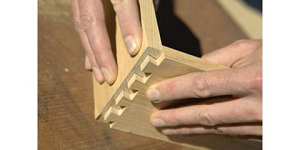 If you love working with wood, you can certainly turn this hobby into a satisfying and lucrative career. The main function of any woodworker is to create and repair crafts made from lumber.
If you love working with wood, you can certainly turn this hobby into a satisfying and lucrative career. The main function of any woodworker is to create and repair crafts made from lumber. Finishers
Finishers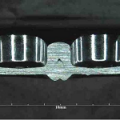
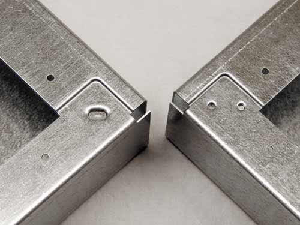 Metal clinching is a cost effective process of joining sheets of metal without the sparks, fumes and potential material damage that can be caused by spot welding. Basically, this quick and easy metal fastening method does not create heat, or require pre-drilled holes.
Metal clinching is a cost effective process of joining sheets of metal without the sparks, fumes and potential material damage that can be caused by spot welding. Basically, this quick and easy metal fastening method does not create heat, or require pre-drilled holes.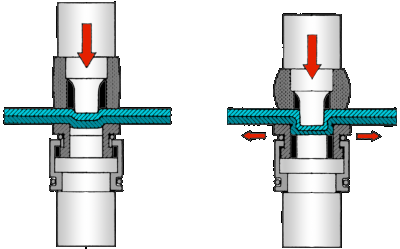
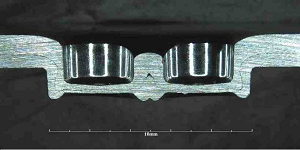
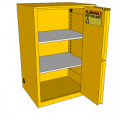
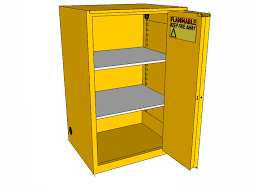
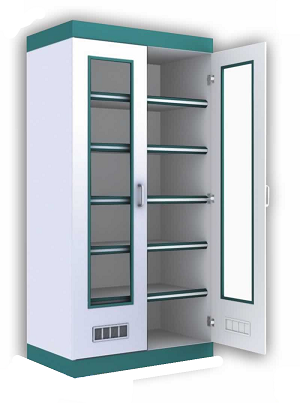 Chemical storage cabinets are for segregating potentially harmful substances. Certain chemicals, such as flammable liquids, need to meet strict storage requirements. The flash point of combustible liquids is 100 degrees Fahrenheit, and some of these include naphtha, nitrobenzene and cyclohexane.
Chemical storage cabinets are for segregating potentially harmful substances. Certain chemicals, such as flammable liquids, need to meet strict storage requirements. The flash point of combustible liquids is 100 degrees Fahrenheit, and some of these include naphtha, nitrobenzene and cyclohexane.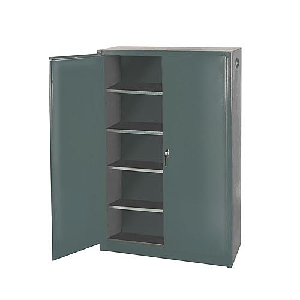 Metal security storage cabinets must have a 3-point locking system, and the door must be a minimum of 2 inches from the bottom of the cabinet.
Metal security storage cabinets must have a 3-point locking system, and the door must be a minimum of 2 inches from the bottom of the cabinet.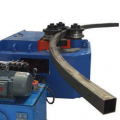

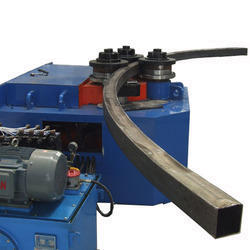 Taiwan tube manufacturer Soco is one of the largest manufacturers of CNC machining tools for the tube, pipe and solid bar industry. Their product line includes bar cutting, bending, chamfering, deburring and tube end forming and finishing machines. Although headquartered in Taiwan, SOCO has several production facilities around the world and 25 branch offices.
Taiwan tube manufacturer Soco is one of the largest manufacturers of CNC machining tools for the tube, pipe and solid bar industry. Their product line includes bar cutting, bending, chamfering, deburring and tube end forming and finishing machines. Although headquartered in Taiwan, SOCO has several production facilities around the world and 25 branch offices.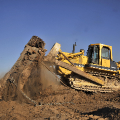
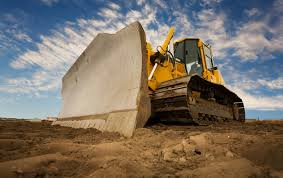 Consisting of two main parts, a bulldozer is operated by a blade and the machine’s base. The majority of the bulldozer’s functions are operated by various controls that are located on the base of the machine. Only one of these mechanisms control the bulldozer’s blade.
Consisting of two main parts, a bulldozer is operated by a blade and the machine’s base. The majority of the bulldozer’s functions are operated by various controls that are located on the base of the machine. Only one of these mechanisms control the bulldozer’s blade.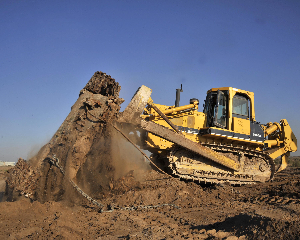 To successfully use the joystick, you will push it in the exact direction that you would like the dozer to go. While you are driving the large piece of machinery, if you notice that you are going too fast, simply use the decelerator pedal to slow down.
To successfully use the joystick, you will push it in the exact direction that you would like the dozer to go. While you are driving the large piece of machinery, if you notice that you are going too fast, simply use the decelerator pedal to slow down.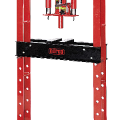
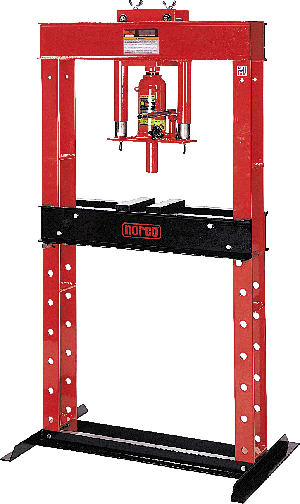 A bearing is a tiny round cartridge that is made of steel and houses a ball bearing. A bearing press tool is used for leverage to make wheel maintenance quicker and less challenging. Basically, a bearing press aids in the installation of bearings without causing any damage to the shields.
A bearing is a tiny round cartridge that is made of steel and houses a ball bearing. A bearing press tool is used for leverage to make wheel maintenance quicker and less challenging. Basically, a bearing press aids in the installation of bearings without causing any damage to the shields.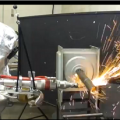
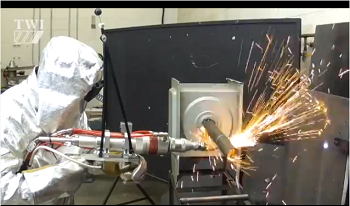 Many of us use the word “laser”, without realizing that it is actually an acronym that means: Light Amplification by Stimulated.
Many of us use the word “laser”, without realizing that it is actually an acronym that means: Light Amplification by Stimulated.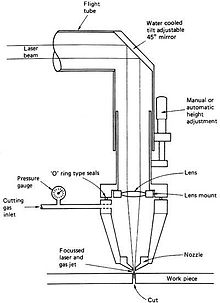 The
The 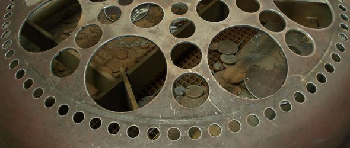 The laser bean never comes in contact with the original piece being cut.
The laser bean never comes in contact with the original piece being cut.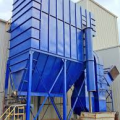
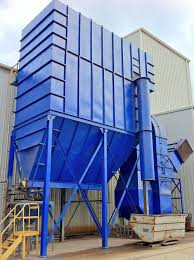 Dust collection systems are designed for one purpose, and that is to keep your workshop clean and free of sawdust. A
Dust collection systems are designed for one purpose, and that is to keep your workshop clean and free of sawdust. A 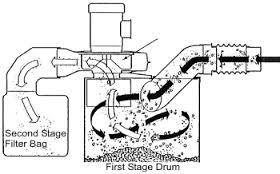 Sweeping wood waste (small particles) with a broom and dust pan may seem like a good alternative, but in reality it adds more sawdust into the air.
Sweeping wood waste (small particles) with a broom and dust pan may seem like a good alternative, but in reality it adds more sawdust into the air.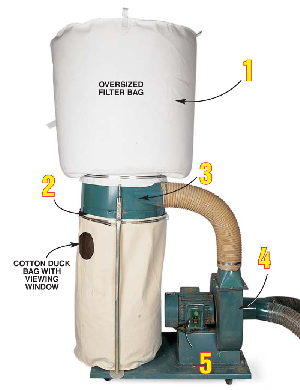 Your financial budget is of course a major consideration, as is the location of your machinery and the noise level. Selecting the size of the unit/system is also important, as you don’t want to invest in a system that is insufficient for your workspace.
Your financial budget is of course a major consideration, as is the location of your machinery and the noise level. Selecting the size of the unit/system is also important, as you don’t want to invest in a system that is insufficient for your workspace.